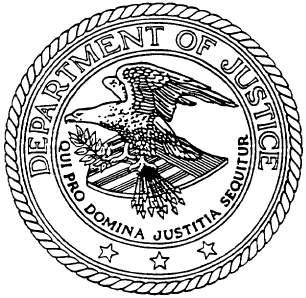
A Good Trend
Healthcare reform is causing the Department of Justice and other regulators to do two nearly unprecedented things in the history of anti-trust law: innovate and cooperate. I’m exaggerating, but the truth is that healthcare reform has lit a huge fire under the…ummm…butt of government regulators to find ways to facilitate competing healthcare providers to “come together” for the sake of reducing cost and improving quality.
Several years ago, the Department of Justice has lightened its almost unworkable antitrust restrictions by: (1) expanding the Arule of reason@ analysis for determining whether the antitrust laws have been breached, (2) expanding the notion of shared financial risk beyond mere capitation; and (3) expanding the role of the Amessenger.@ Though the role of so called Messenger Model organizations (e.g. IPAs) provide to be a failure, the fact that the DOJ would consider other ways of creating “substantial economic risk” was shocking. And now, what is even more shocking is that the DOJ recently: (1) promised to view all ACO proposals essentially more leniently, and (2) agreed in a joint statement with the HHS Office of Inspector General (which has primary enforcement authority on such things as Stark and Anti Kickback violations) to cooperate with eachother to facilitate the development and roll out of ACOs.
Rule of Reason
For those who appreciate a little more depth, possible antitrust violations are analyzed by governmental authorities using either Aper se@ or Arule of reason@ analysis. Violations considered to be Aper se@ violations are indefensible, regardless of possible good intent or even positive market effects. Examples include: (1) two or more physicians agreeing to charge specific fees for certain procedures in their respective, independent practices, and (2) two or more physicians agreeing not to do business with a particular HMO.
In contrast, rule of reason analysis requires enforcement authorities to probe deeper into the investigated arrangement to see if the arrangement furthers or conflicts with the principles underlying the antitrust laws. This type of analysis gives the investigated parties an opportunity to justify their arrangement; per se analysis does not.
The revised Statements of Antitrust Enforcement Policy in Health Care, issued several years ago by the DOJ, expanded application of the rule of reason analysis to situations previously viewed as per se violations. For instance, a provider network has traditionally had to be financially integrated through capitation or withholds to receive rule of reason analysis, and discounted fee for service arrangements with the network sent many physicians to antitrust defense attorneys during enforcement actions based on the network=s negotiations of other payment arrangements. And now, with healthcare reform, they want to go further.



 Anti-trust laws are one of the greatest obstacles to healthcare reform. Here’s why? They limit the way competing physicians, hospitals and the like can do business together. Healthcare reform requires competing providers of all kinds to come together to deliver care in the most cost effective and quality enhancing way, and yet federal and state anti-trust restrictions frustrate nearly every effort to do so. Let’s take a quick peek behind the curtain.
Anti-trust laws are one of the greatest obstacles to healthcare reform. Here’s why? They limit the way competing physicians, hospitals and the like can do business together. Healthcare reform requires competing providers of all kinds to come together to deliver care in the most cost effective and quality enhancing way, and yet federal and state anti-trust restrictions frustrate nearly every effort to do so. Let’s take a quick peek behind the curtain.